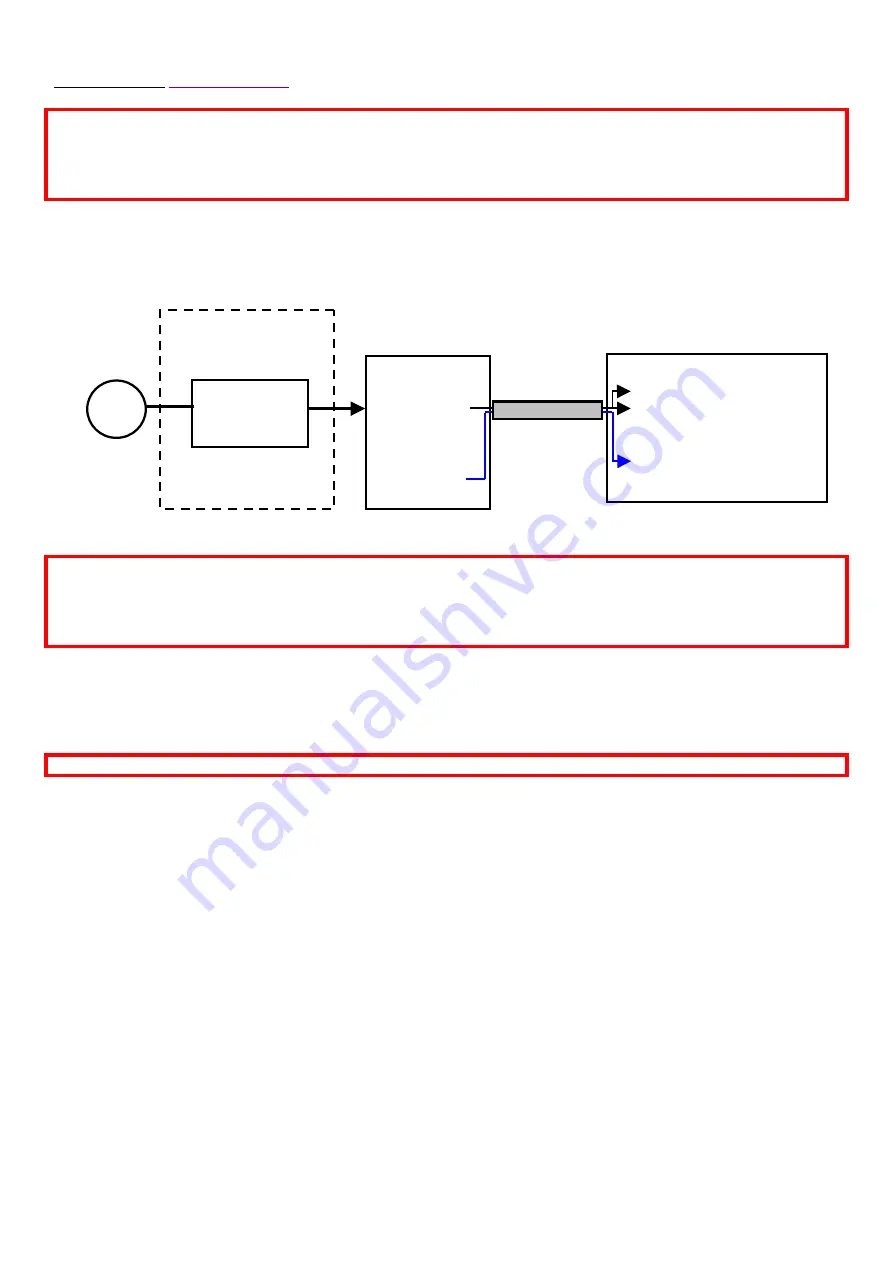
4. Powering up.
Connect the basic modules as shown in the schematic below. The order in which connections are made is not
important. A time-delay device inside the LiDAR prevents ‘hot’ power from being applied directly to the internal sub-
components.
**An additional fuse is fitted inside the UPS unit if the extended temperature range option is fitted.
Once the UPS module has power, and is connected to the LiDAR, there may be a delay (of up to 20 seconds) before
the LiDAR powers up. The thermal control system has power 10 seconds or so after power is applied to the LiDAR,
and so the external fans may run.
Note
that if the fans are running, it doesn’t mean that the LiDAR is also powered, as
they run from separate fuses and time delay units.
When the LiDAR has power, the scanner will move to the home position and the internal PC will be fully booted
approximately 1 minute later – indicated by the flashing green LED on the connector panel cluster.
If the unit has been allowed to cool down to below 15ºC, then additional time will be needed before the unit
can be run. Ideally, the system should be stored at room temperature (20ºC) for at least 24 hours prior to
deployment.
*
As indicated, a kit of parts can be supplied consisting of an enclosure, connectors and a suitable AC to DC PSU for
use with the system. It will need to have the appropriate cable type and length sourced and the whole assembly wired
by a qualified electrician. Halo can only supply mains rated components – they cannot be supplied in a wired state.
It is advised that a
keyboard, mouse and monitor be connected for the first power up
.
*
Optional kit of parts
to be wired by a
qualified electrician.
LiDAR
AC
F1 (10A) LiDAR input
F2 (10A) Passive & regular
thermal control
Extended TEC system
600W
AC / 24V DC
power supply
UPS module
24V DC input
24V DC O/P
**Internal 10A
blade fuse
UPS
cable


































